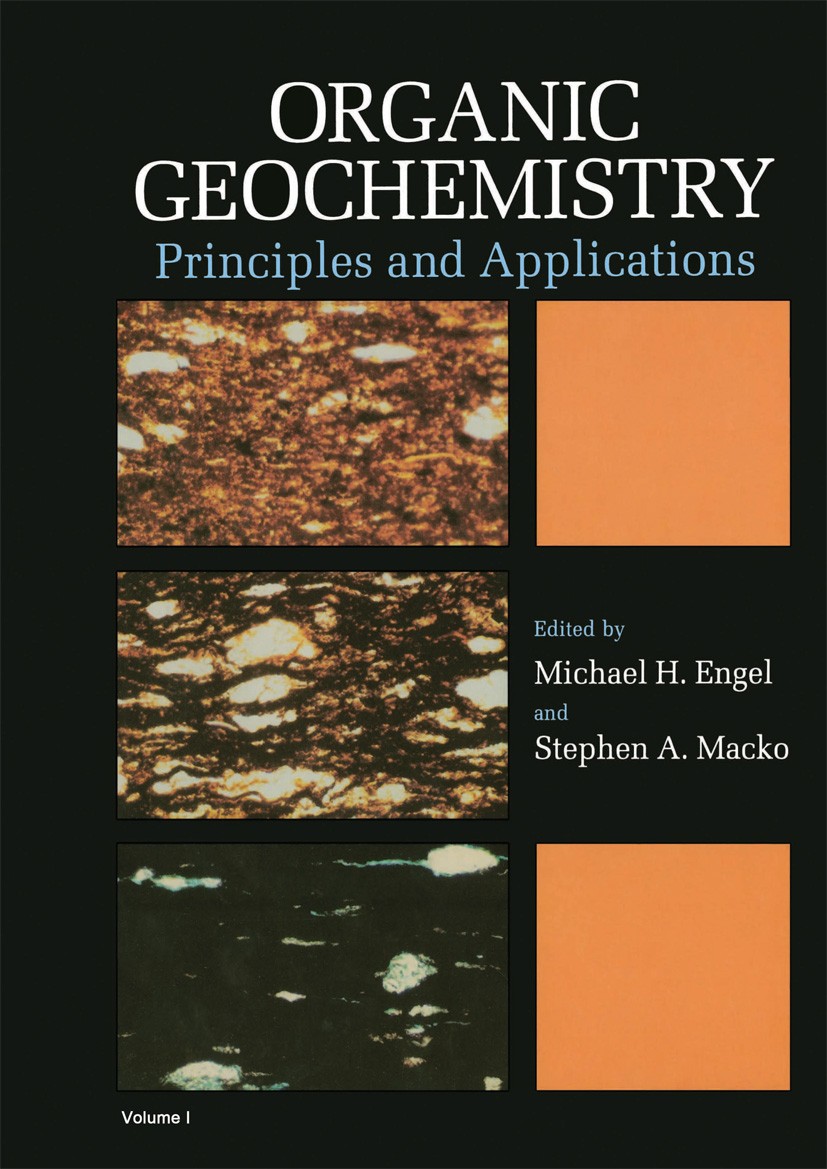On-line hydropyrolysis gas chromatography-mass spectrometry (HyPy-GC–MS) for kerogen-bound biomarkers
IF 2.5
3区 地球科学
Q2 GEOCHEMISTRY & GEOPHYSICS
引用次数: 0
Abstract
Flash pyrolysis gas chromatography-mass spectrometry (Py-GC–MS) is seldom used to release bound biomarkers, because its hydrogen-poor pyrolysis conditions usually result in a low yield of bound biomarkers and high concentrations of olefins. In this study, by using a Py-GC–MS system and immature kerogen/coal samples, we investigated the effects of heating rate (flash versus 30 °C/min), carrier/reaction gas (He versus H2), hydrogen pressure, and catalyst [(NH4)2MoO2S2] on the yields and distributions of bound biomarkers. Also, the bound biomarkers obtained by different pyrolysis conditions were compared with those from catalytic offline hydropyrolysis (HyPy) and free biomarkers from extracted organic matter (EOM). We propose a new technology of hydropyrolysis-gas chromatography-mass spectrometry (HyPy-GC–MS) to be used to release bound biomarkers. HyPy-GC–MS using low-pressure H2 at slow heating rate can increase the yield of bound biomarkers by 3–9 times, minimize the cracking of the hopanes side chain, better preserve the original sterane and terpane distributions, and have characteristics of lower maturity, compared with conventional flash Py-GC–MS without H2. Additionally, the steroidal and terpenoid yields by HyPy-GC–MS using low-pressure H2 at slow heating rate from immature kerogens were 3–6 times that by HyPy. Compared with EOM, biomarker maturity parameter derived from HyPy-GC–MS may not fully represent the actual maturity of samples. Higher hydrogen pressure can significantly facilitate the hydrogenation of unsaturated hydrocarbons into saturated hydrocarbons, but it can also decrease the yields of pyrolysates with higher carbon numbers (i.e., >C25), leading to a change in the biomarker ratios related to carbon numbers (e.g., the proportion of C27-C28-C29 ααα20R steranes and TT23/H30 ratio).
在线氢热解气相色谱-质谱法(HyPy-GC-MS)用于干酪根结合生物标志物
闪速热解气相色谱-质谱法(Py-GC-MS)很少用于释放结合生物标志物,因为其贫氢热解条件通常导致结合生物标志物的产率低,烯烃浓度高。在这项研究中,我们使用Py-GC-MS系统和未成熟的油根/煤样品,研究了加热速率(闪蒸vs 30°C/min)、载体/反应气体(He vs H2)、氢气压力和催化剂[(NH4)2MoO2S2]对结合生物标志物的产率和分布的影响。并将不同热解条件下得到的结合生物标志物与催化脱机加氢热解(HyPy)和萃取有机质(EOM)中得到的游离生物标志物进行了比较。我们提出了一种新的氢热解-气相色谱-质谱(HyPy-GC-MS)技术,用于释放结合的生物标志物。与不加H2的传统闪蒸Py-GC-MS相比,低压H2慢速加热的hy - gc - ms结合生物标志物的产率提高了3-9倍,最大限度地减少了藿烷侧链的裂解,更好地保留了原始甾烷和萜烷分布,具有成熟度较低的特点。此外,低压H2慢速加热下,HyPy- gc - ms从未成熟干酪根中提取甾体和萜类化合物的产率是HyPy的3-6倍。与EOM相比,HyPy-GC-MS得到的生物标志物成熟度参数可能不能完全代表样品的实际成熟度。较高的氢气压力可以显著促进不饱和烃加氢成饱和烃,但也会降低高碳数(如>;C25)热解产物的产率,导致与碳数相关的生物标志物比值(如C27-C28-C29 ααα20R甾烷比例和TT23/H30比值)发生变化。
本文章由计算机程序翻译,如有差异,请以英文原文为准。
求助全文
约1分钟内获得全文
求助全文
来源期刊

Organic Geochemistry
地学-地球化学与地球物理
CiteScore
5.50
自引率
6.70%
发文量
100
审稿时长
61 days
期刊介绍:
Organic Geochemistry serves as the only dedicated medium for the publication of peer-reviewed research on all phases of geochemistry in which organic compounds play a major role. The Editors welcome contributions covering a wide spectrum of subjects in the geosciences broadly based on organic chemistry (including molecular and isotopic geochemistry), and involving geology, biogeochemistry, environmental geochemistry, chemical oceanography and hydrology.
The scope of the journal includes research involving petroleum (including natural gas), coal, organic matter in the aqueous environment and recent sediments, organic-rich rocks and soils and the role of organics in the geochemical cycling of the elements.
Sedimentological, paleontological and organic petrographic studies will also be considered for publication, provided that they are geochemically oriented. Papers cover the full range of research activities in organic geochemistry, and include comprehensive review articles, technical communications, discussion/reply correspondence and short technical notes. Peer-reviews organised through three Chief Editors and a staff of Associate Editors, are conducted by well known, respected scientists from academia, government and industry. The journal also publishes reviews of books, announcements of important conferences and meetings and other matters of direct interest to the organic geochemical community.
 求助内容:
求助内容: 应助结果提醒方式:
应助结果提醒方式:


